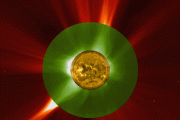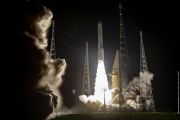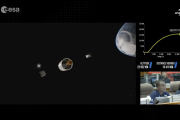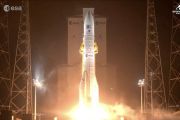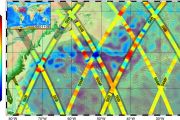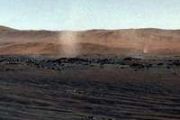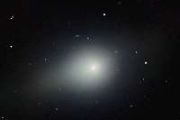
Copernical Team
Does this exoplanet have a sibling sharing the same orbit
 Using the Atacama Large Millimeter/submillimeter Array (ALMA), astronomers have found the possible 'sibling' of a planet orbiting a distant star. The team has detected a cloud of debris that might be sharing this planet's orbit and which, they believe, could be the building blocks of a new planet or the remnants of one already formed. If confirmed, this discovery would be the strongest evidence
Using the Atacama Large Millimeter/submillimeter Array (ALMA), astronomers have found the possible 'sibling' of a planet orbiting a distant star. The team has detected a cloud of debris that might be sharing this planet's orbit and which, they believe, could be the building blocks of a new planet or the remnants of one already formed. If confirmed, this discovery would be the strongest evidence NASA selects SwRI to lead DIMPLE lunar lander/rover instrument suite
 NASA has selected Southwest Research Institute to lead a $50 million lunar lander/rover instrument suite, Dating an Irregular Mare Patch with a Lunar Explorer, or DIMPLE, designed to understand if the Moon has been volcanically active in the geologically recent past. DIMPLE, which was developed by SwRI, will use cameras and radioisotope-based dating to determine the age and composition of an ano
NASA has selected Southwest Research Institute to lead a $50 million lunar lander/rover instrument suite, Dating an Irregular Mare Patch with a Lunar Explorer, or DIMPLE, designed to understand if the Moon has been volcanically active in the geologically recent past. DIMPLE, which was developed by SwRI, will use cameras and radioisotope-based dating to determine the age and composition of an ano SpaceX aborts launch of Starlink satellites
 With only seconds remaining in the countdown late Tuesday, SpaceX aborted the launch of a Falcon 9 rocket with a payload of Starlink satellites.
The mission was to deploy 15 Starlink satellites into low-Earth orbit where they were to join the thousands of other orbitals making up the company's Internet-emanating constellation.
However, with only 5 seconds before the scheduled lift of
With only seconds remaining in the countdown late Tuesday, SpaceX aborted the launch of a Falcon 9 rocket with a payload of Starlink satellites.
The mission was to deploy 15 Starlink satellites into low-Earth orbit where they were to join the thousands of other orbitals making up the company's Internet-emanating constellation.
However, with only 5 seconds before the scheduled lift of Senate expresses 'significant concerns' over NASA's Mars sample-retrieval plan
 NASA's plans to retrieve samples of soil from Mars and fly them back to Earth seemingly is in deep trouble with a Senate committee.
On Wednesday, a Senate appropriations committee offered only $300 million for the plan for the fiscal year 2024, well short of the $949 million for which the space agency is asking.
The mission requires several vehicles. The Perseverance rover, which is
NASA's plans to retrieve samples of soil from Mars and fly them back to Earth seemingly is in deep trouble with a Senate committee.
On Wednesday, a Senate appropriations committee offered only $300 million for the plan for the fiscal year 2024, well short of the $949 million for which the space agency is asking.
The mission requires several vehicles. The Perseverance rover, which is New study reveals NASA's Roman could find 400 Earth-mass rogue planets
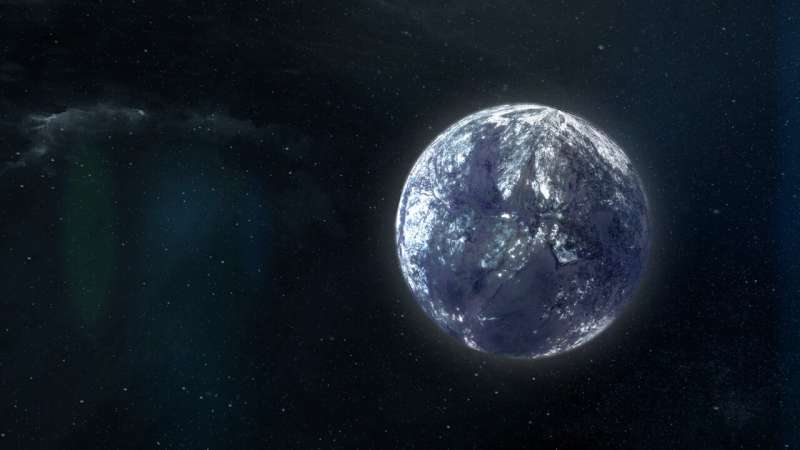
New research by scientists from NASA and Japan's Osaka University suggests that rogue planets—worlds that drift through space untethered to a star—far outnumber planets that orbit stars. The results imply that NASA's Nancy Grace Roman Space Telescope, set to launch by May 2027, could find a staggering 400 Earth-mass rogue worlds. Indeed, this new study has already identified one such candidate.
"We estimate that our galaxy is home to 20 times more rogue planets than stars—trillions of worlds wandering alone," said David Bennett, a senior research scientist at NASA's Goddard Space Flight Center in Greenbelt, Maryland, and a co-author of two papers describing the results. "This is the first measurement of the number of rogue planets in the galaxy that is sensitive to planets less massive than Earth.
Sex in space: Why it's worrying that the space tourism sector hasn't considered the consequences

Humans have a knack for sharing intimate moments in unlikely places, as membership of the mile-high club demonstrates. So there is a significant chance that the launch of the space tourism sector may be swiftly followed by the first sex in space.
But having researched the issue, my colleagues and I believe that spacetourism companies haven't adequately prepared for the consequences of people joining what we could call the "Kármán line club" (referencing the 100km-high boundary between Earth and the rest of the cosmos).
Talk of space tourism has always been in terms of the distant future. But sub-orbital space tourism—short flights with only a few minutes of spaceflight and weightlessness—already exists. Tickets range from freebies, to costing millions of dollars.
Much longer flights are just around the corner. Companies such as Elon Musk's SpaceX have well-established track records of developing spacecraft faster than the public sector. SpaceX's larger and more capable Starship spacecraft will likely operate routinely in the next few years.
When, not if
Flights have been reserved and passenger lists assembled for private flights that will loop around the Moon.
Returning to the moon can benefit commercial, military and political sectors—a space policy expert explains
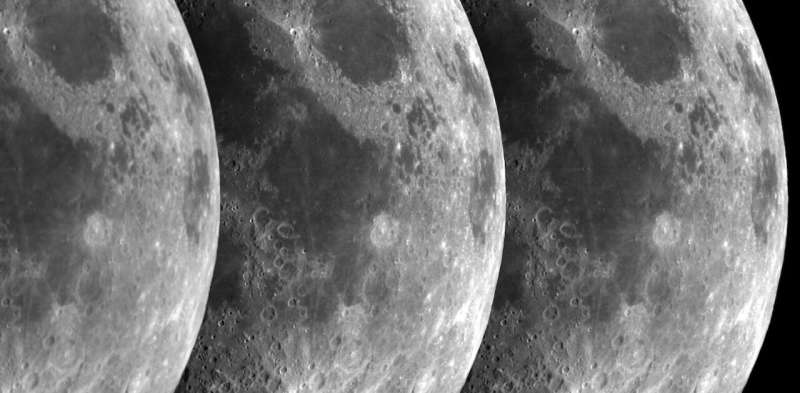
NASA's Artemis program aims to return humans to the moon for the first time in more than 50 years, with the first human landing currently scheduled for 2025. This goal is not just technically ambitious, but it's also politically challenging. The Artemis program marks the first time since the Apollo program that an effort to send humans to the moon has been supported by two successive U.S. presidents.
As a scholar of international affairs who studies space, I'm interested in understanding what allowed the Artemis program to survive this political transition where others failed. My research suggests that this program is not just about advancing science and technology or inspiring the public. It also offers practical benefits for the commercial sector and the military and an opportunity to reinforce U.S.
China will use two rockets to put humans on the moon
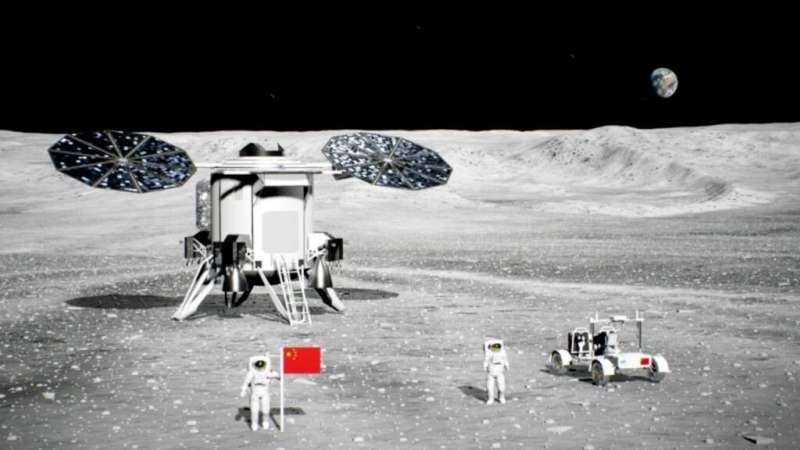
As of 2019, China began conducting preliminary studies for a crewed lunar mission that would take place by the 2030s. Two years later, the China National Space Agency (CNSA) and Roscosmos announced a partnership to create an International Lunar Research Station (ILRS) around the South Pole-Aitken Basin. The proposed timeline for development came down to three phases: Reconnaissance (2021–25), Construction (2025–35), and Utilization (2035–onward). Earlier this year, China announced that its space agency would send the first crewed mission to the lunar surface by 2030.
On July 12, during the 9th China (International) Commercial Aerospace Forum in Wuhan, China, Chinese officials offered additional information about its crewed lunar exploration program. This included Deputy chief engineer Zhang Hailian of the China Manned Space Engineering (CMSE) office announcing the preliminary plan for China's first crewed lunar mission. As Zhang illustrated with a series of animations, the mission will consist of two carrier rockets launching all the necessary elements to the moon, which will then rendezvous in orbit and land on the surface to conduct science operations.
We could get large amounts of water from the moon by directing the sun at it
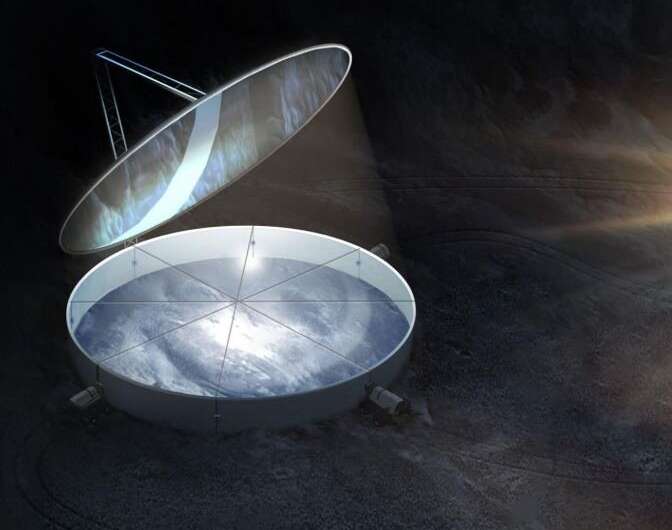
One of the most commonly discussed challenges when starting our species' space exploration journey is how to get the resources necessary for life off of the Earth. Typically this is thought of as two things—water and oxygen, but, luckily, oxygen can be supplied by splitting apart a water molecule, so the most critical resource we could find in space is water.
Commonly called a "volatile" in the language of space resources, water has been the focal point of many plans for in-situ resource utilization on the moon, Mars, and elsewhere. Some of those plans have been well thought out, others not. One particular showed some promise when it was selected as part of NASA's Institute for Advanced Concepts (NIAC) funding back in 2019, and here we'll take a closer look at it.
The concept, published in a report titled "Thermal Mining of Ices on Cold Solar System Bodies" but hereafter referred to as "thermal mining," is the brainchild of George Sowers, a space resource expert and Professor of Mechanical Engineering at the Colorado School of Mines (CSM).
The clays of Mawrth Vallis

ESA's Mars Express has revisited an old favourite: the distinctive and fascinating Mawrth Vallis, one of the most promising locations on Mars in our search for signs of life.













